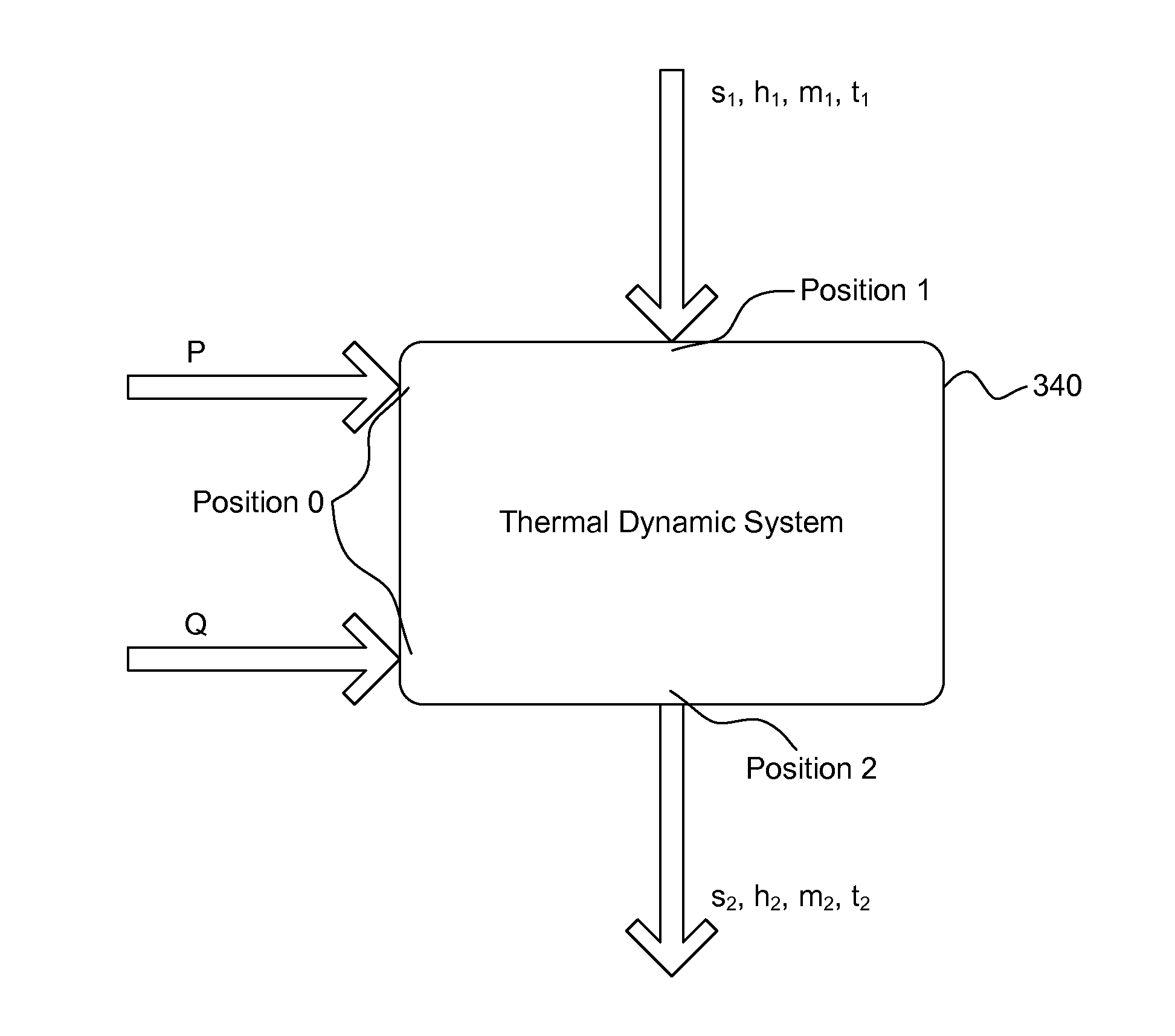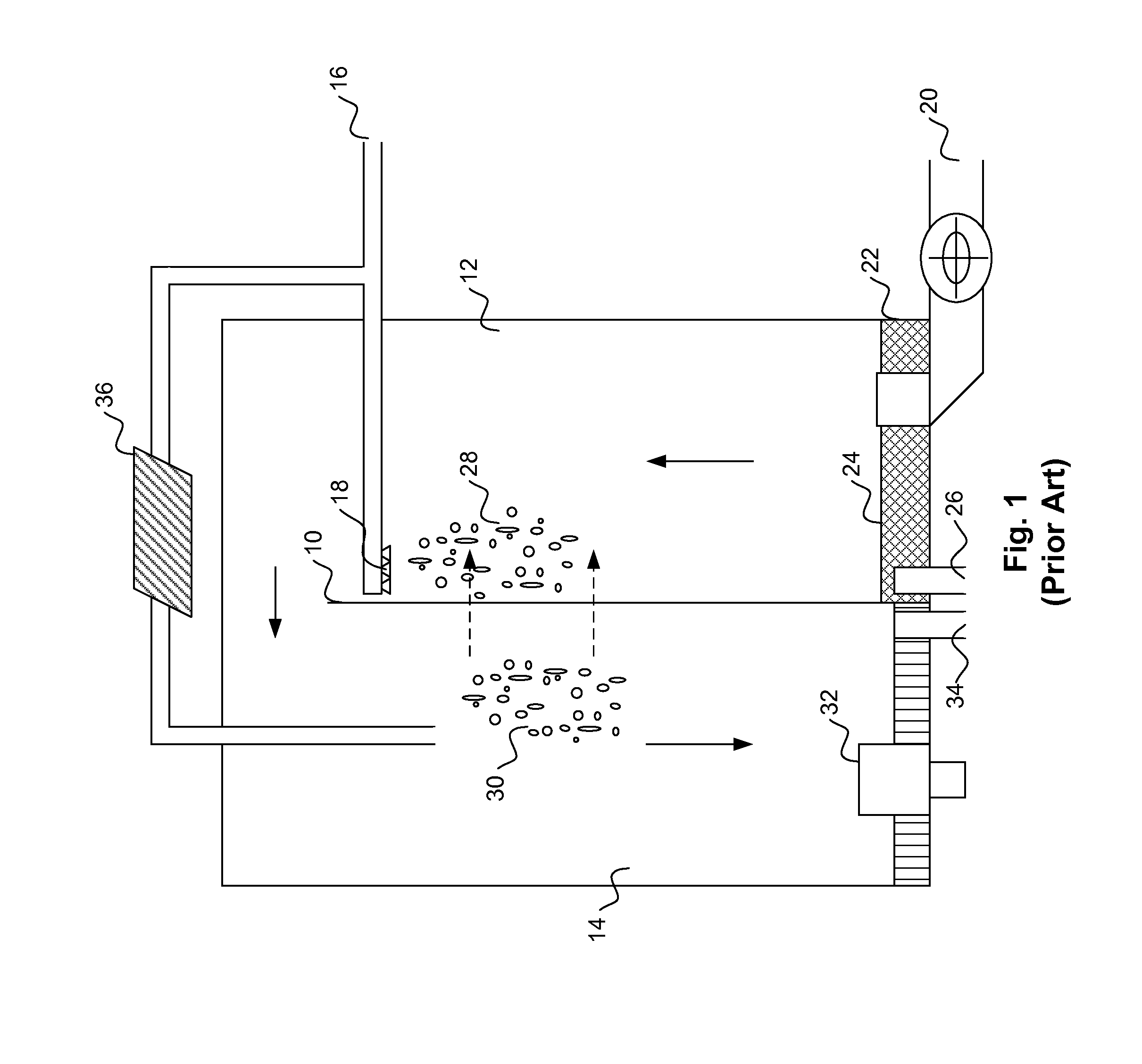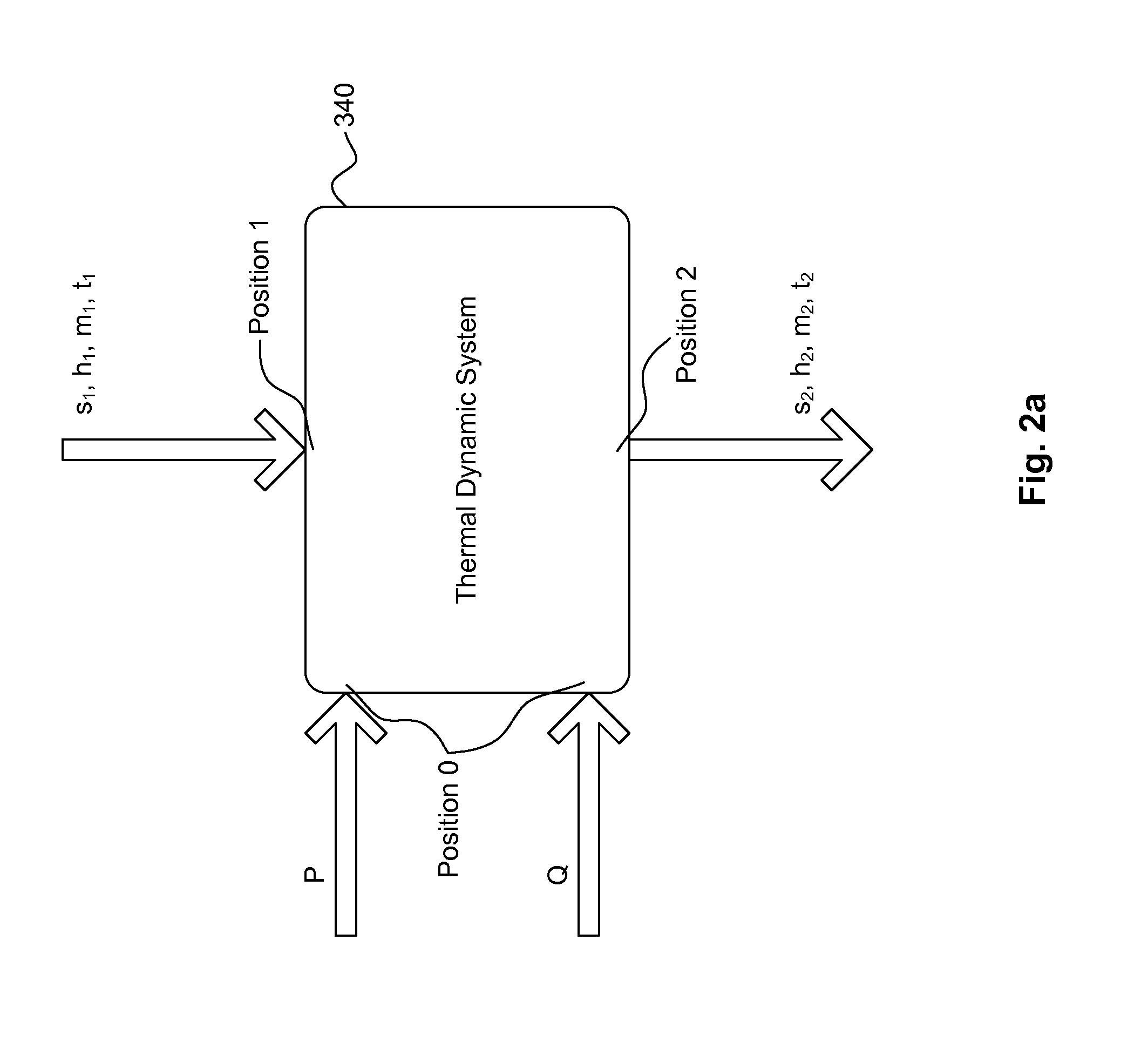Methods and Apparatuses for Water Purification
a technology of water purification and water filter, applied in lighting and heating apparatus, evaporator regulation/control, separation process, etc., can solve the problems of contaminated water, lack of clean drinking water, disease, suffering and ultimately death, etc., and achieve low cost, energy saving, and low energy methods
- Summary
- Abstract
- Description
- Claims
- Application Information
AI Technical Summary
Benefits of technology
Problems solved by technology
Method used
Image
Examples
Embodiment Construction
[0065]In the following detailed description of the embodiments, reference is made to the accompanying drawings, which form a part hereof, and in which is shown by way of illustration of specific embodiments in which the present invention may be practiced.
[0066]The below description described the invention in relation to purifying dirty water. However, it is understood that the present invention can be applied for purifying a host of other liquids, including saline water, contaminated water, or other liquids.
[0067]The present invention overcomes many deficiencies of the current art by using the minimum entropy production principle to maximize latent heat exchange efficiencies and by increasing the packing density of the heat exchange surfaces. Additionally, the present invention provides real-time adaptive control of the system operation to continuously retune the system parameters as well as switching to alternate energy source to maintain low operational costs.
[0068]FIG. 2a illustr...
PUM
| Property | Measurement | Unit |
|---|---|---|
| Pressure | aaaaa | aaaaa |
| Concentration | aaaaa | aaaaa |
| Latent heat | aaaaa | aaaaa |
Abstract
Description
Claims
Application Information
 Login to View More
Login to View More - R&D
- Intellectual Property
- Life Sciences
- Materials
- Tech Scout
- Unparalleled Data Quality
- Higher Quality Content
- 60% Fewer Hallucinations
Browse by: Latest US Patents, China's latest patents, Technical Efficacy Thesaurus, Application Domain, Technology Topic, Popular Technical Reports.
© 2025 PatSnap. All rights reserved.Legal|Privacy policy|Modern Slavery Act Transparency Statement|Sitemap|About US| Contact US: help@patsnap.com



